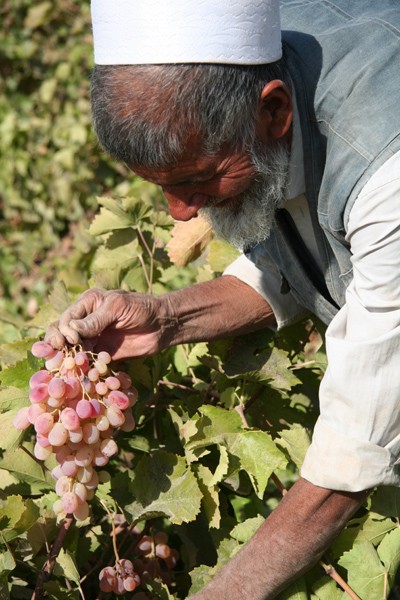- What We Do
- Agriculture and Food Security
- Democracy, Human Rights and Governance
- Economic Growth and Trade
- Education
- Ending Extreme Poverty
- Environment and Global Climate Change
- Gender Equality and Women's Empowerment
- Global Health
- Water and Sanitation
- Water and Development Strategy
- Advancing Water Supply, Sanitation and Hygiene
- Urban Sanitation
- Promoting Water Productivity and Efficiency
- Investing in Water and Natural Resources Management
- Enhancing Water and Disaster Risk Reduction
- Learning and Sharing in the Water Sector
- From The Field
- World Water Day
- Working in Crises and Conflict
- U.S. Global Development Lab

Almost 80 percent of agricultural land worldwide relies on rainfed production systems, and these systems provide 62 percent of the world’s food. As global food demand grows, the greatest and most cost-effective potential for crop yield increases are in these rainfed areas. Half of the increase in the projected demand for water by 2025 could be met by increasing the efficiency of irrigation in rainfed areas.
In many instances, the major obstacle to rainfed agriculture is not the absolute volume of rainfall, it is the management of that rainfall in crop production. USAID works to promote more effective use of soil moisture and rainfall for agriculture and livestock production to increase yields in dry, sub-humid and semi-arid rainfed regions around the world.
Variable rainfall, floods and droughts contribute to making rainfed farming a high-risk endeavor. USAID promotes innovative hydro-meteorological and forecasting tools to better manage these challenges. Knowledge shared through mobile phones and other communications technologies helps increase the resiliency of small-scale farmers.
Specific projects include:
- In partnership with the University of Hawaii at Manoa, USAID’s Soil Management Collaborative Research Support Program (SMCRSP) refined ridge tillage technology in the semi-arid zones of Mali. This is a technique that better harvests water and retains soil moisture for increased production.







Comment
Make a general inquiry or suggest an improvement.